Korean Make-Up Taught Me to Embrace My Asian Features—These Are the Holy Grail Formulas I Swear By
Truly cutting-edge formulas
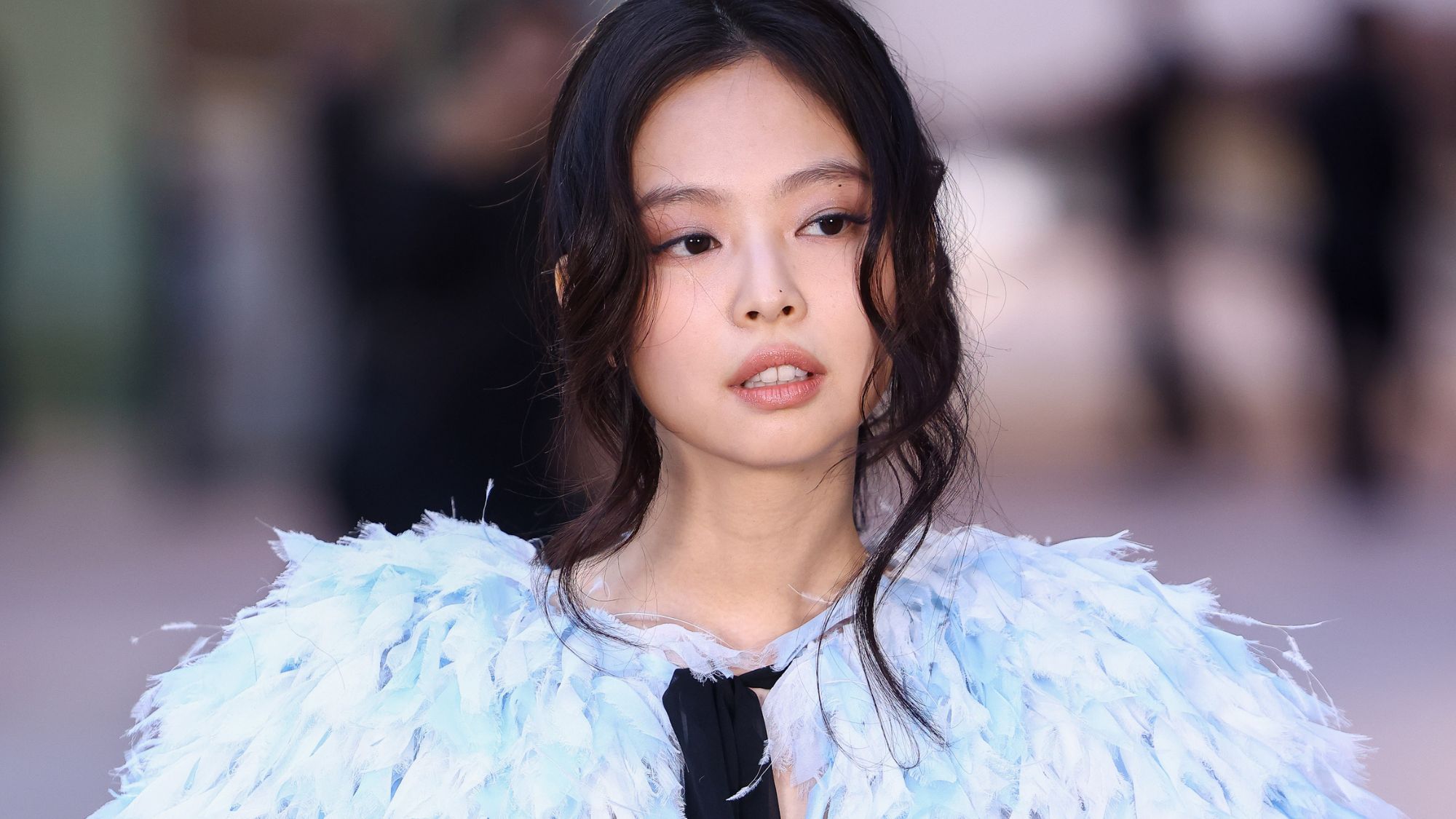
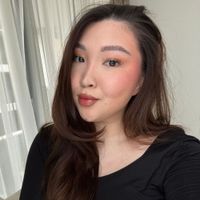
Let’s face it, the buzz around Korean skincare isn’t going anywhere anytime soon. From milky rice toners and soothing centella creams to brightening toner pads, it’s clear that our skincare cupboards have had quite the revamp. Korean skincare has also made us rethink our beauty priorities, encouraging us to ditch stripping and irritating actives in favour of barrier-repairing formulas.
But as a journalist who specialises in all things K-Beauty, I also must inform you of another product category that’s equally as deserving of your attention—Korean make-up. Rooted in a skin-first philosophy, it's the antidote to the pigment-heavy approach that we’ve become so accustomed to with Western formulations.
“When I use Western formulas, what I often notice is the instant payoff. They’re designed to deliver clear, visible results, high coverage, bold colour payoff, and that smooth, airbrushed finish,” says Korean make-up artist Kelly Shin. “But Korean makeup takes a slightly different approach. It’s not just about how your skin looks today—it’s also about how it feels tomorrow.”
“In Korean beauty, the boundary between skincare and makeup is blurred,” she adds. “It’s makeup that not only makes your skin look good, but keeps it healthy.”
A post shared by Kelly Shin | Korean Makeup Artist in London | 런던 메이크업 (@makeupbykellyshin)
A photo posted by on
According to Kelly, there’s a term called gyeol (결: noun). “There’s no direct equivalent in English, but it refers to the natural grain or texture of the face—whether it’s the skin’s surface, the direction of brow hairs, or the fine separation of lashes. Instead of covering up these features, Korean makeup focuses on embracing them.”
“That’s why cream/serum type blushes or lightweight cushion foundations that enhance rather than mask your skin’s natural texture are so loved in Korea,” she explains. She tells me that the ‘gyeol’ philosophy has been there “even before the global K beauty boom.”
With this in mind, Kelly describes that some of the key fundamental steps of a Korean makeup look largely focus on “a lightweight base using a brush to create skin-like texture, a serum-like watery blush that blends seamlessly, a mascara that defines natural lashes but slightly longer and thicker, and lip products that look like your real lips without the heavy pigment.”
Celebrity news, beauty, fashion advice, and fascinating features, delivered straight to your inbox!
Having dipped my toes (or rather, face) into the world of Korean make-up, I quickly discovered the benefits first-hand. Since I have rosacea-prone and sensitive skin, I’ve always been a bit cautious about trying new products, which is why I was so intrigued about the skin-first approach of Korean formulas. Lo and behold, each product ended up not only performing, but caring for my skin in the process, too.
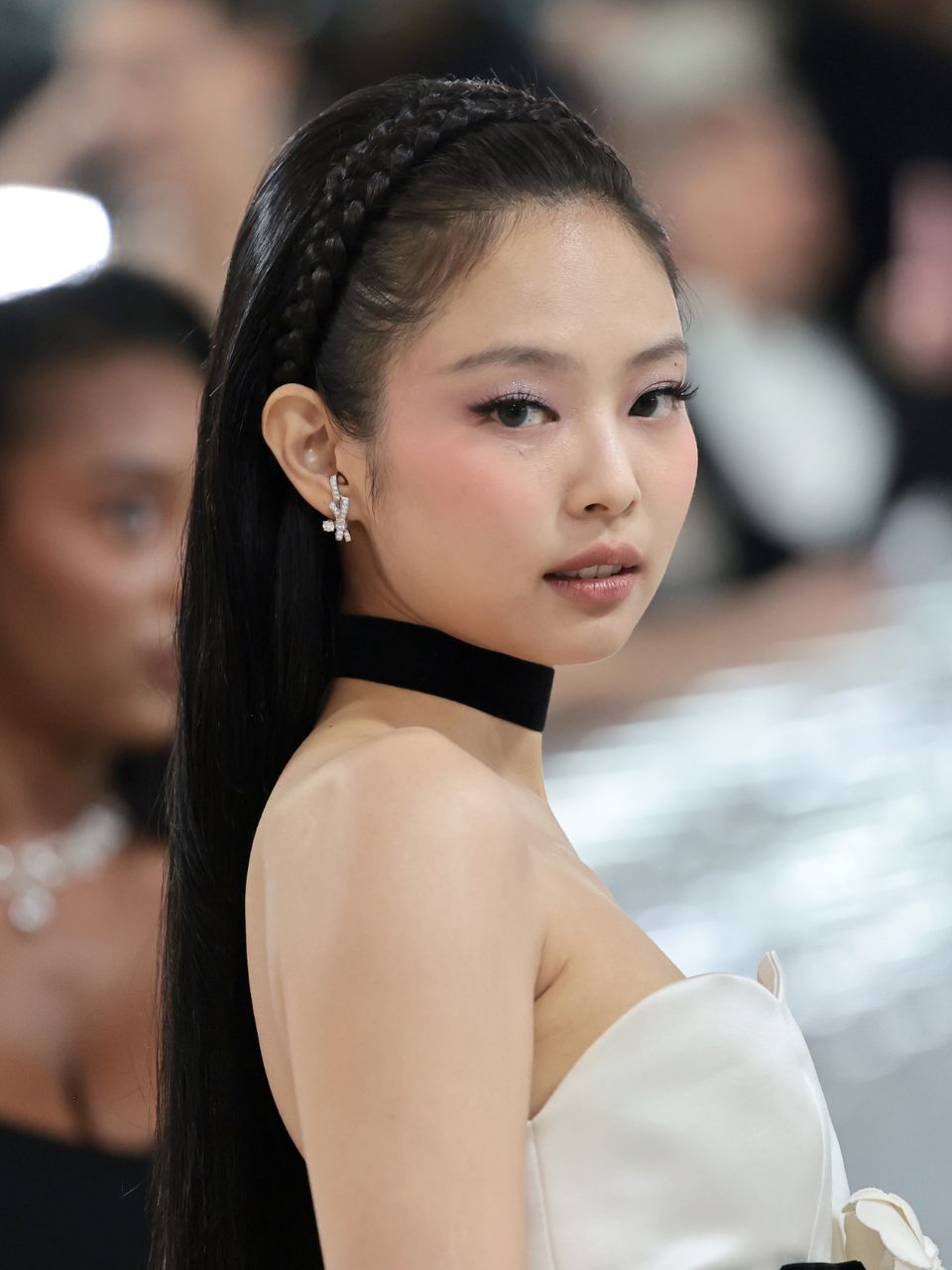
As someone who comes from Asian heritage, but has lived the majority of my life in a Western country, my journey with make-up has been an uphill battle. Since I spent the better part of my life adhering to Western beauty standards, I forgot how to do makeup that actually complements me—so much so that intense sculpting, overuse of bronzer and perfectly carved out lips have started to feel like second nature.
In a way, discovering Korean make-up has helped me come full circle and gain a new appreciation for my heritage. I was no longer tempted to mould my face, eyes and cheeks into something that didn’t complement my natural features.

The more I learned about the products, the more curious I became about the application, too. And after a few ambitious (albeit unsuccessful) attempts to turn myself into a K Pop idol from the comfort of my bedroom, I learned that precise placement and technique are just as important to nailing the look.
“When I work with clients who’ve learned makeup from Western YouTube tutorials, they tend to focus on placing blush high on the cheekbones, heavy contour under the cheekbone and nose, and strong concealer under the eyes — all of which are completely opposite to the Korean makeup approach,” shares Kelly.
“In Korea, what’s most on-trend right now is applying blush from just beneath the eyes (including the ‘aegyosal’ area) down to around where the nose ends (but not below). The key is a seamless blend, so there’s no harsh line showing where the blush starts or ends."
And as far as innovation goes, Korean make-up doesn't fail to deliver. From blurring lip liners that existed before the viral Rhode peptide lip shapes entered the game to hybrid matte-to-cream blurring blushers and hydrating lip tints, it's clear that Korean formulas are a few steps ahead.
That said, similar to Korean skincare, unless you’re ‘in-the-know’, figuring out which make-up products are worth it can prove a bit tricky. So, to help you find your way around all the different products, I’ve put together a definitive edit of the most coveted formulas around—many of which have taken up prime real estate in my make-up bag.
Best Korean make-up products, tried & tested
1. The complexion heroes
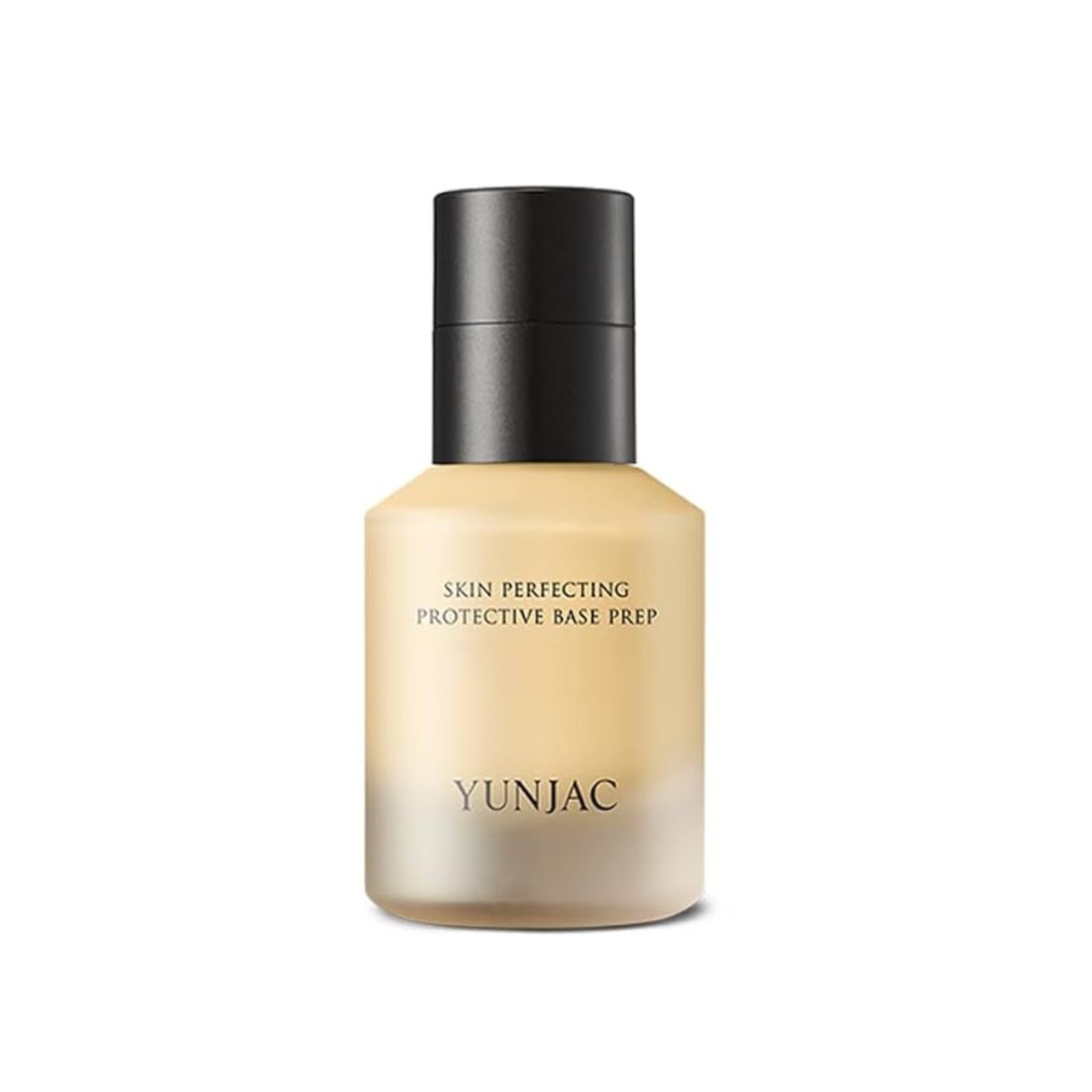
Blurring the lines between skincare and make-up, this primer is one of Kelly's go-to products to prep the skin. "This yellow jelly like base firms and smooths the skin, helping foundation stick to your skin better. I often mix it into base products, even foundations for dry or textured skin to keep the finish dewy and seamless," shares Kelly.
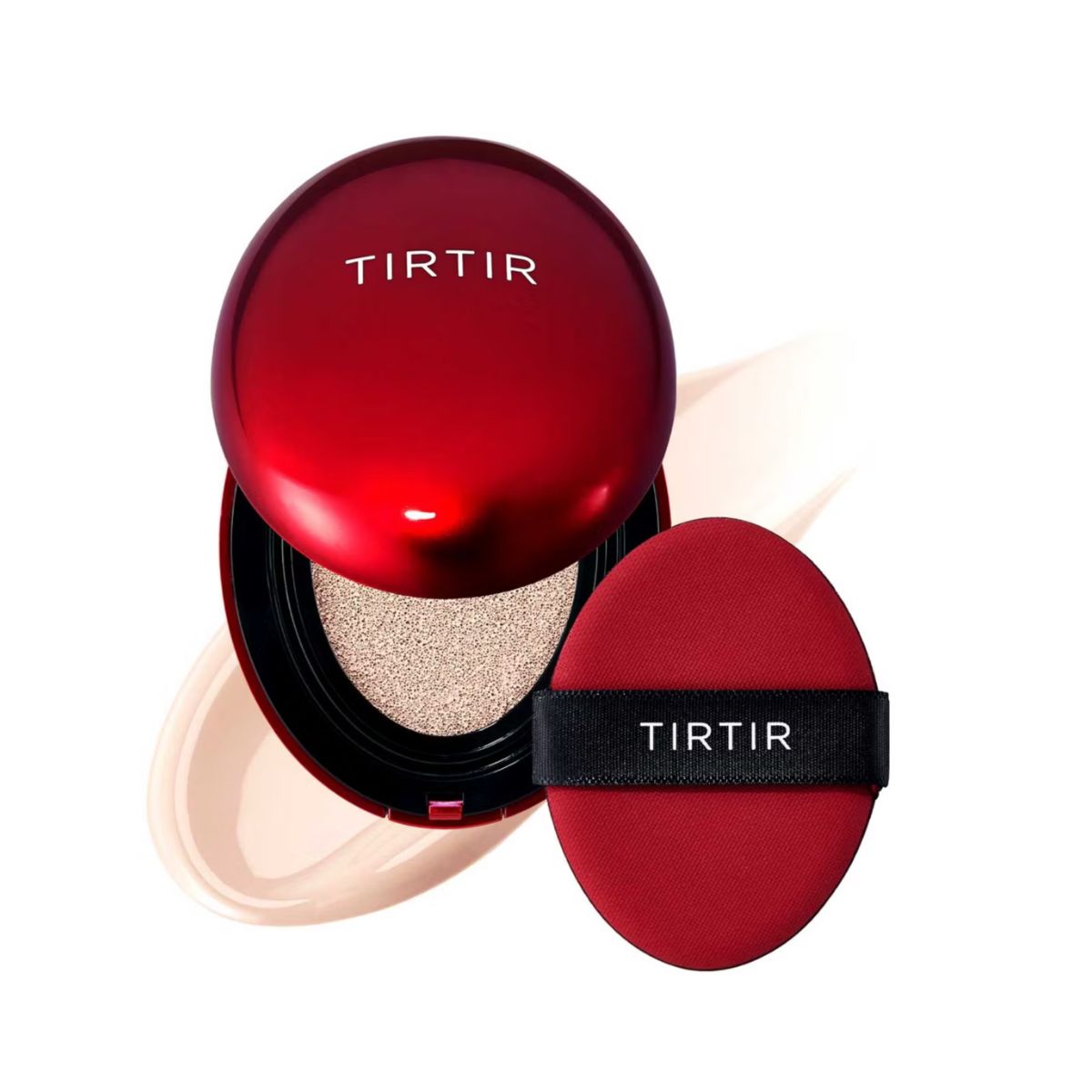
Every K-Beauty enthusiast will have recognised this cushion foundation from TIRTIR, which has repeatedly gone viral on the realms of TikTok. Offering impressive coverage and a skin-like finish, this formula has been my personal favourite for over a year now. I love just how seamlessly it blends (a little goes a long way), and the fact that it can easily last without creasing.
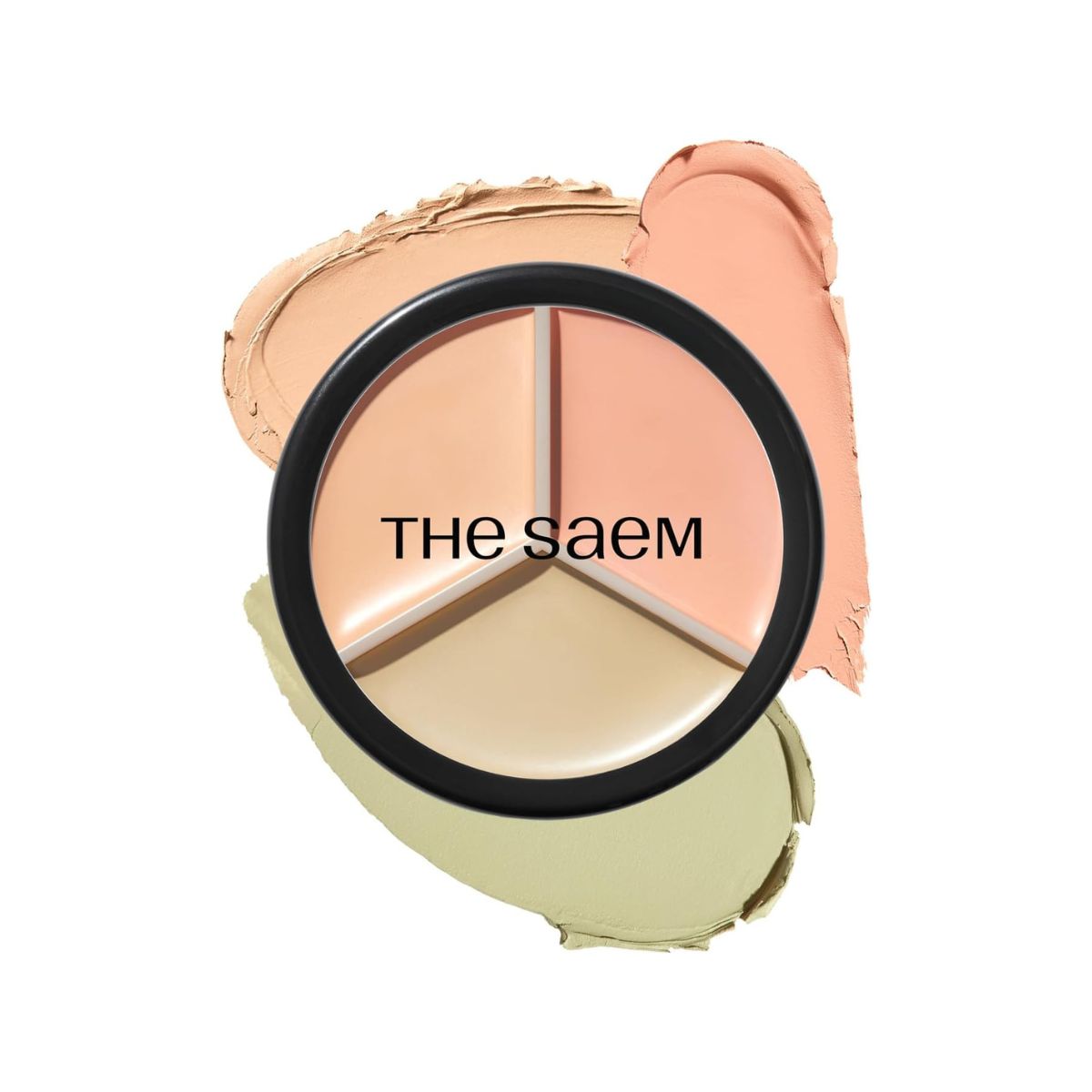
As someone who struggles with redness and dark under-eye circles, I'm not exaggerating when I say that this concealer has been an absolute game-changer in my routine. I love that, apart from the traditional concealer shade, it also features colour-correcting shades like blue and pink that I use strategically to even out my base before applying foundation.
2. The blushes
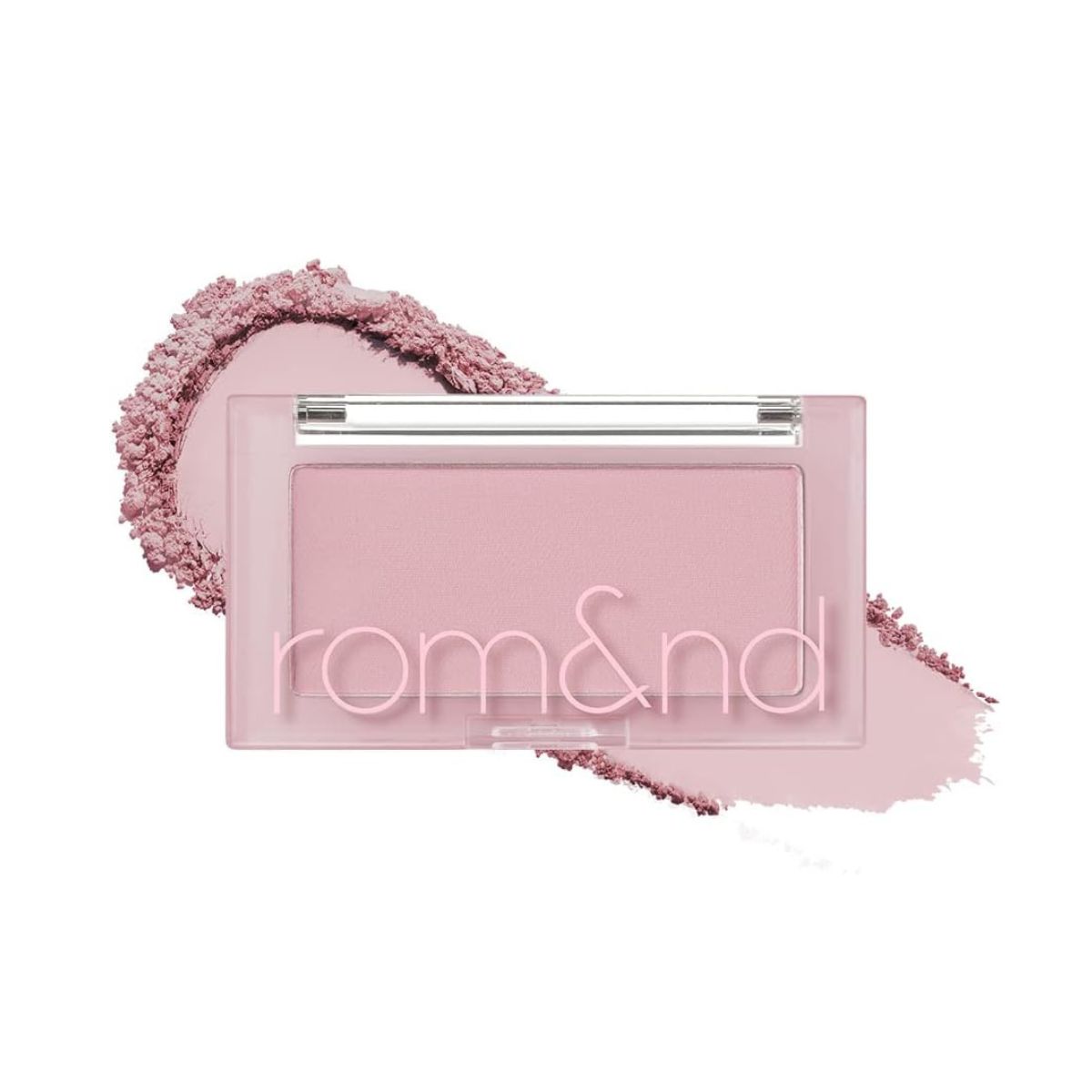
Korean makeup trends have taught me that blush doesn't have to be "loud" to make a difference. Instead of vibrant shades, I often opt for muted tones such as this lilac iteration from Rom&nd. Its velvety formula cleverly brightens my under-eyes without looking too 'out of place.'
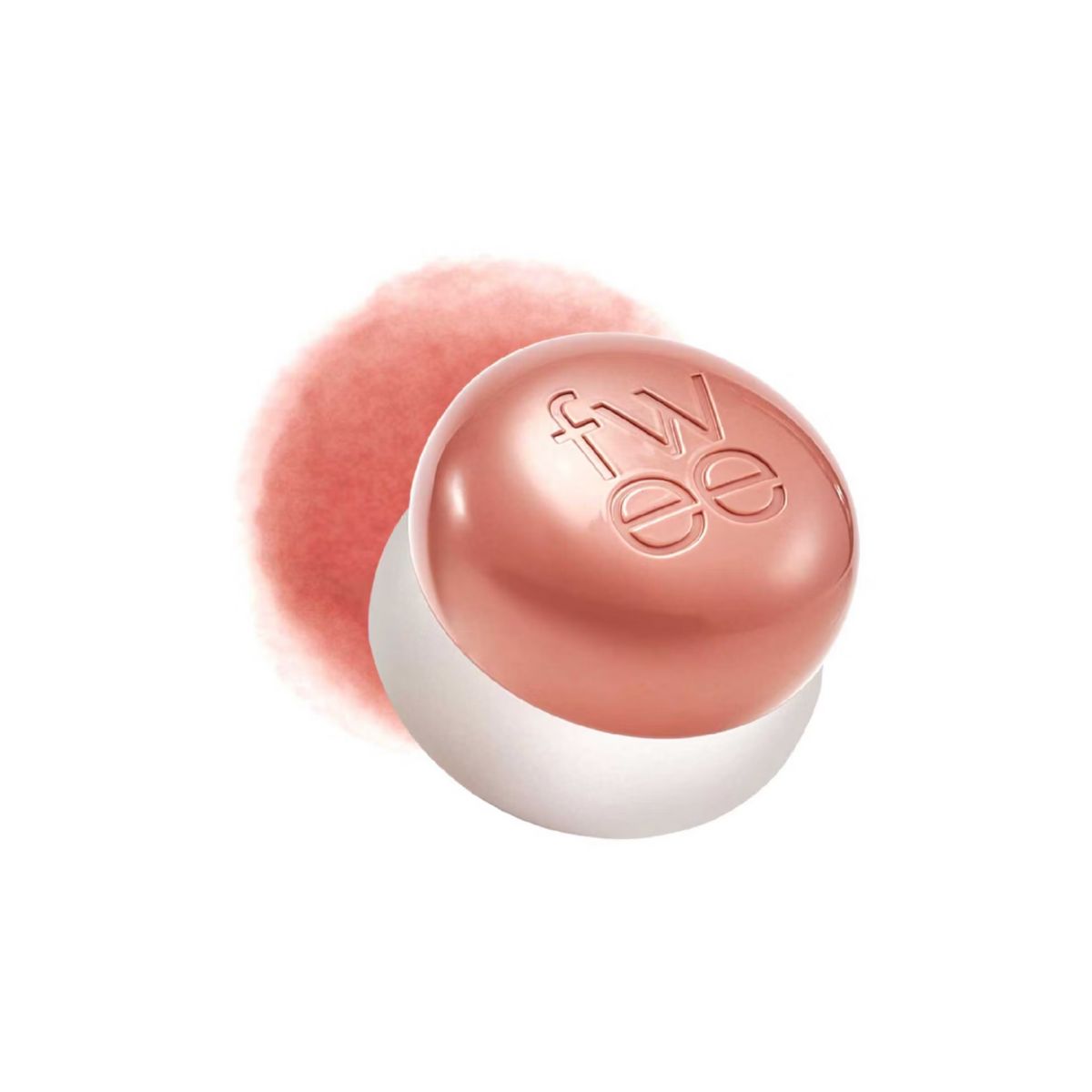
"If you're into the 'clean-girl' aesthetic and want a quick, polished look (꾸안꾸 ggu-an-ggu, which is a popular 'effortlessly put together' aesthetic for Koreans), the Fwee Pudding Pot is a great pick," says Kelly. "The colours are natural and gorgeous, and the texture feels like a velvety pudding (fitting to the name). It's soft, smooth, and easy to blend. Apart from using it as blush, it also works well for soft-blurred lips, making them look naturally full and healthy," she adds.
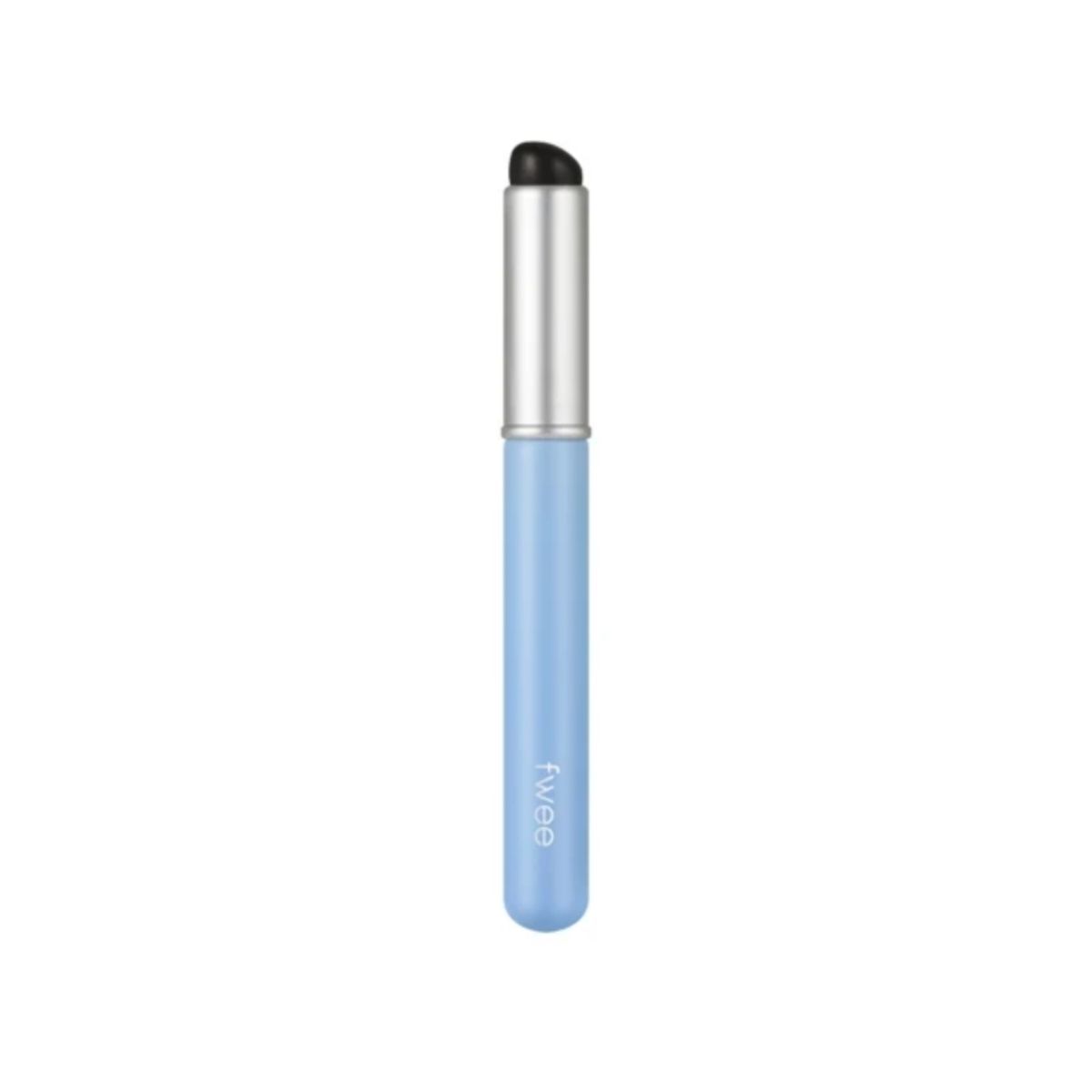
I've tried practically every make-up brush there is, yet nothing has impressed me as much as this applicator brush from Fwee, which, although intended for the lips, can be used for practically any step of your routine. I love that it mimics your finger, which ensures zero streaks and a smooth blend. Plus, the cushiony applicator feels amazing on the skin as you gently dab the product in.
3. The eye makeup
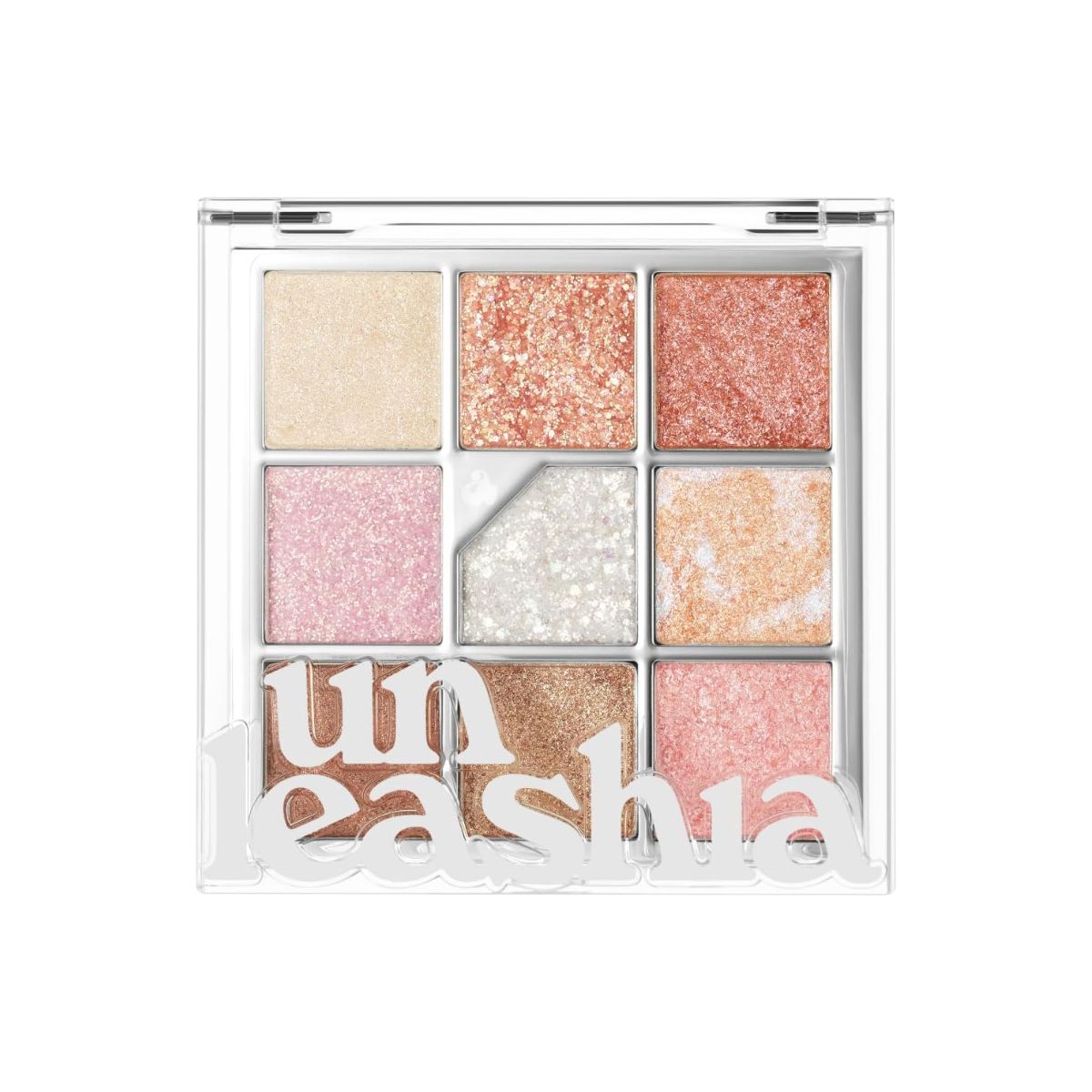
If there's one thing I love about a K-Pop-inspired look, it's the ethereal wash of sparkle across the eyelids. And when it comes to shimmer or glitter, nothing compares to my favourite Glitterpedia Eye Shadow Palette from Unleashia. I love using it to emphasise my ‘aegyosal’ area (which is essentially a Korean way to make eye bags cuter). The formula feels almost creamy upon application, and it doesn't result in any fallout either.
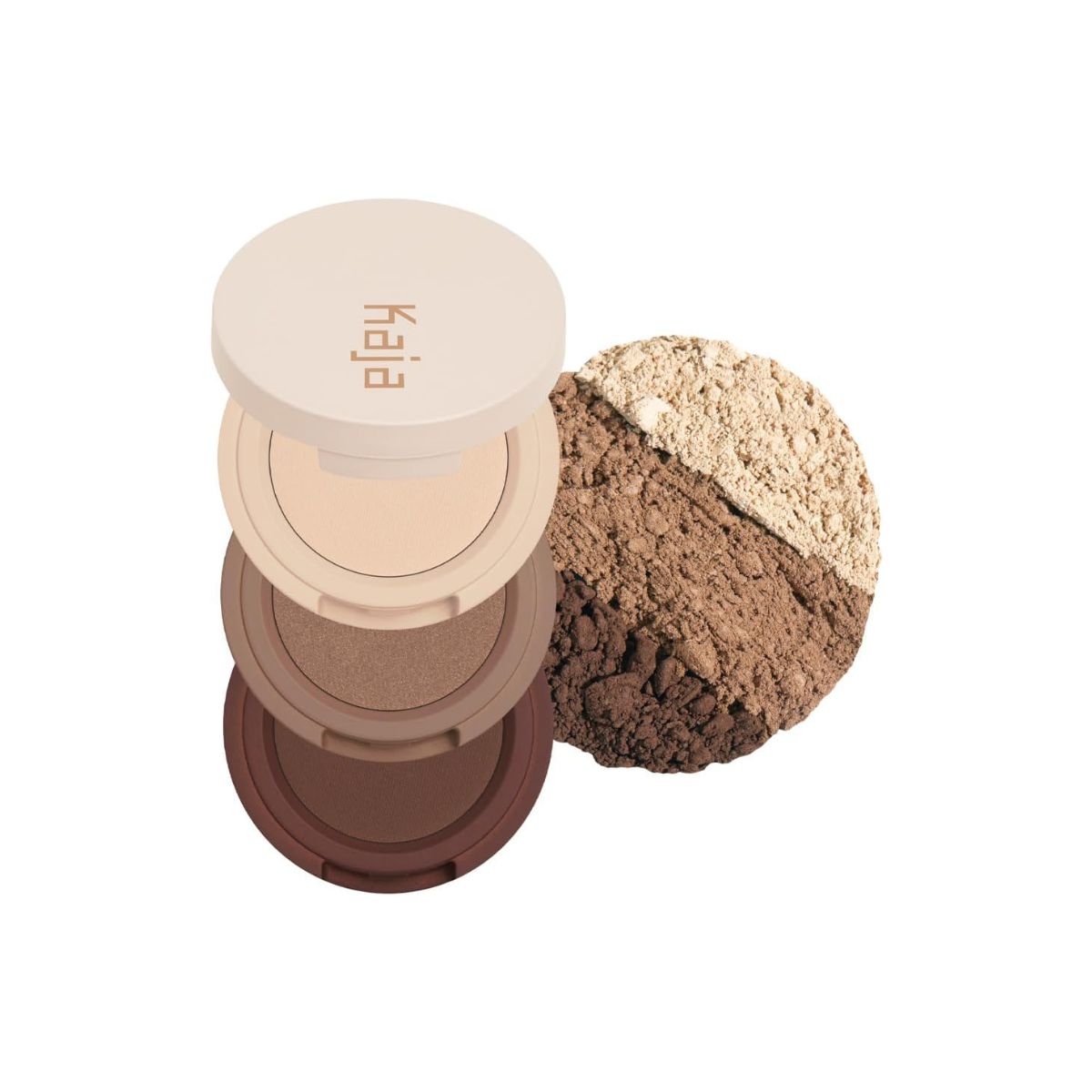
I love my neutral eyeshadow shades as much as any makeup lover, and this trio from Kaja has been my ride-or-die product. I love that its innovative compact packaging allows me to save space in my makeup bag, but above all, I love the formula. Offering just the right amount of pigment, it blends like a dream and helps me achieve a soft, natural look every time.
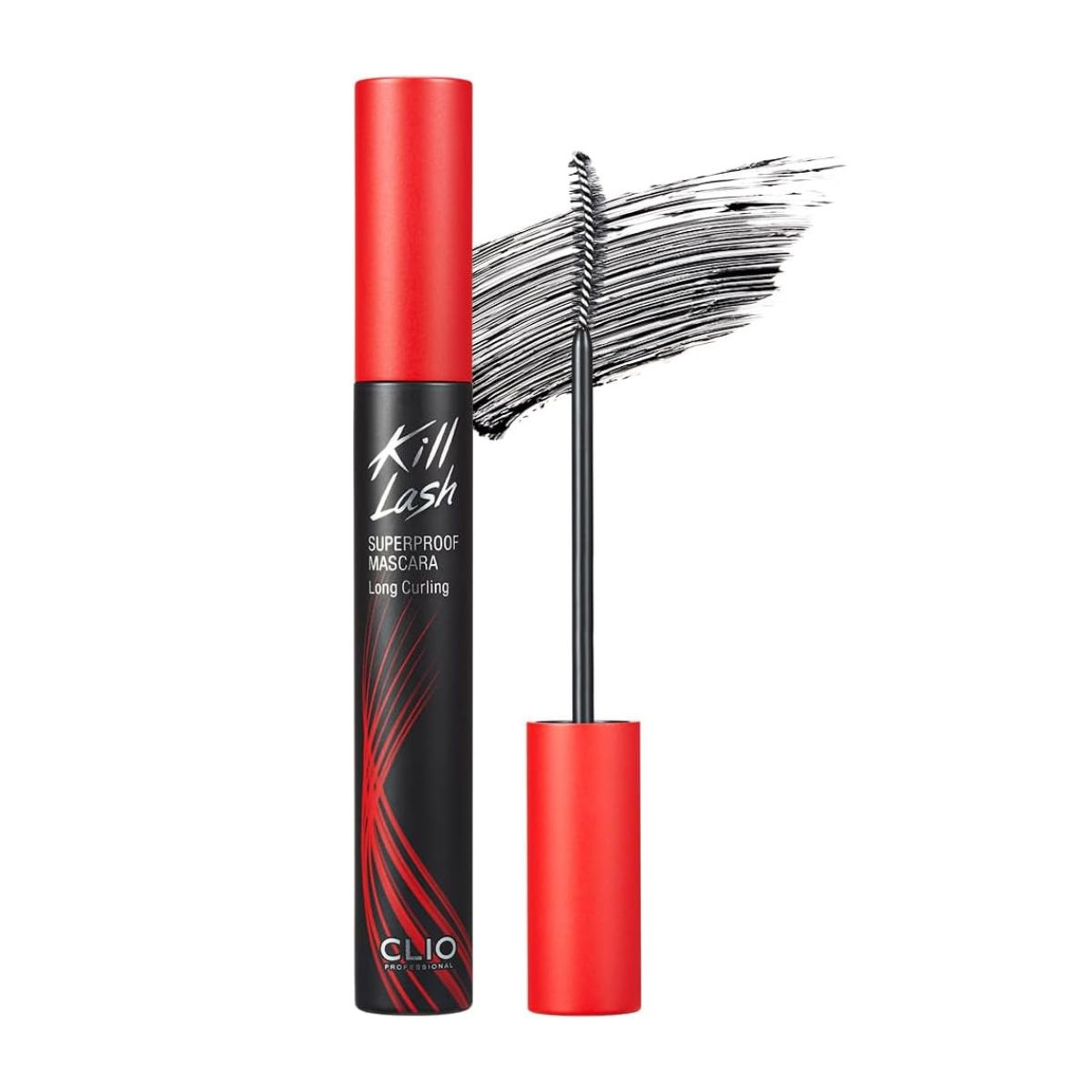
Every Asian person knows that finding a mascara that holds the lift for our stubborn lashes is one of the hardest makeup quests to embark on. Yet, having tried this lengthening and curling formula from Clio, I may as well call it a day and throw out every other mascara I own. I love that it offers a natural yet lasting finish, without resulting in any clumps or flakiness whatsoever.
4. The lips
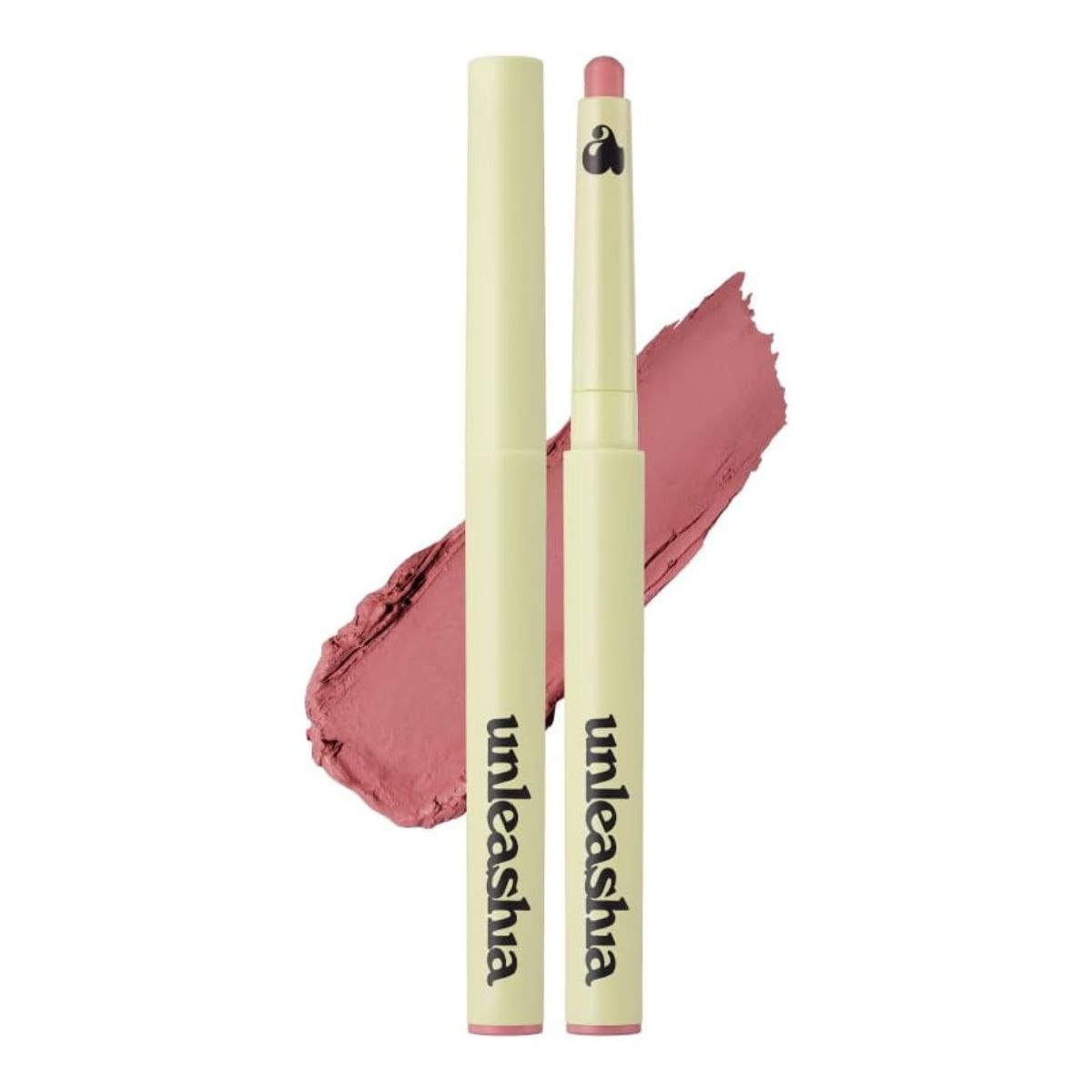
I've been using this blurring lip pencil way before I got my hands on the Western iterations from Rhode or REFY (which were also equally as impressive). I love that the shade range helps me achieve that "your lips but better" look, offering a soft-blurred and sculpted finish without the overly dramatic result. My favourite shade is Love Rose, which is a muted mauve-y hue that effortlessly enhances my lips while still letting me embrace my natural pout.
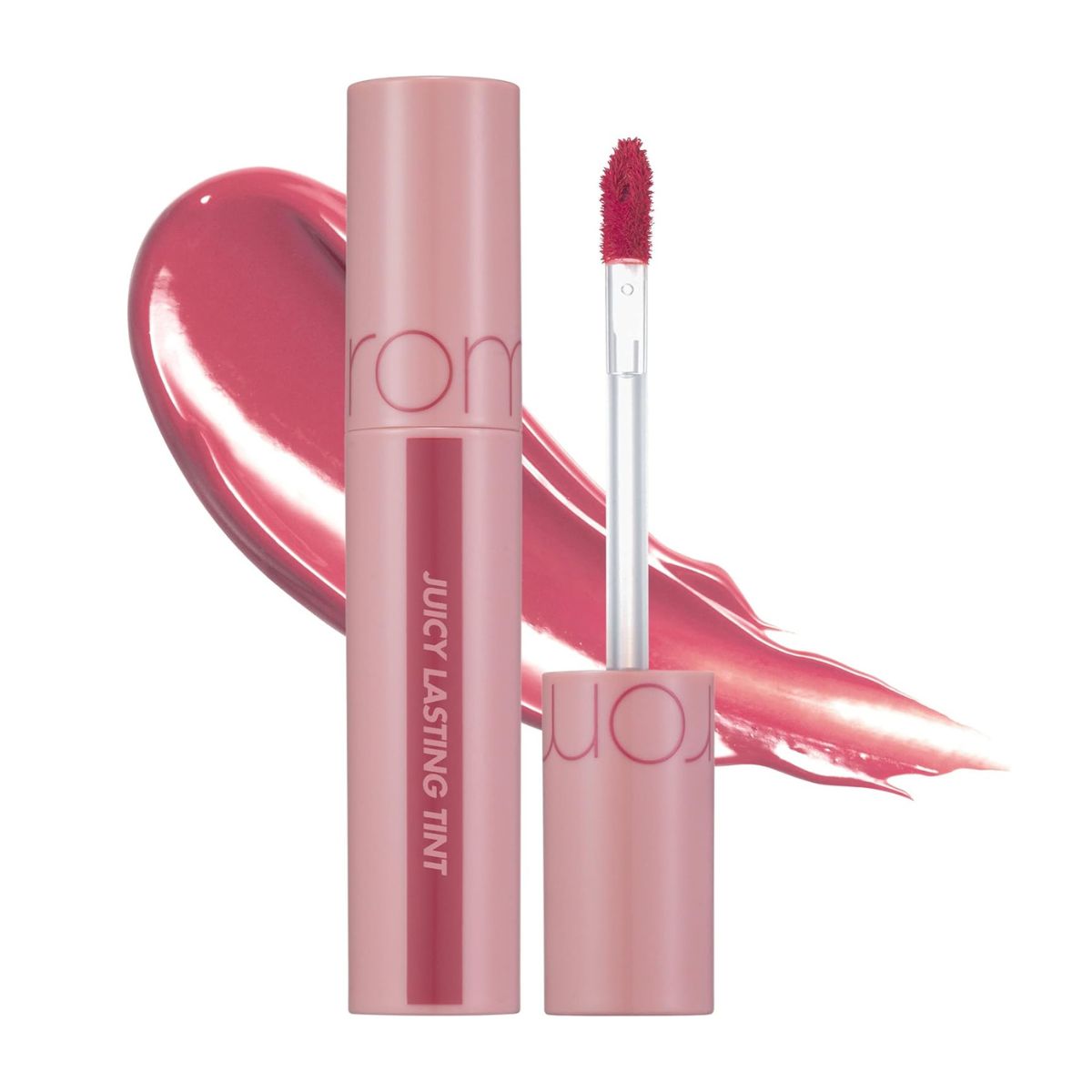
Last but most certainly not least: the product that kickstarted my K Beauty obsession in the first place – the Rom&nd Juicy Lasting Tint. Apart from its extensive shade range, I love that, unlike most lip tints, this formula doesn't dry out my lips. Rather, it offers a hydrating and ultra-glossy finish and a subtle stain that seamlessly complements my natural lip colour.
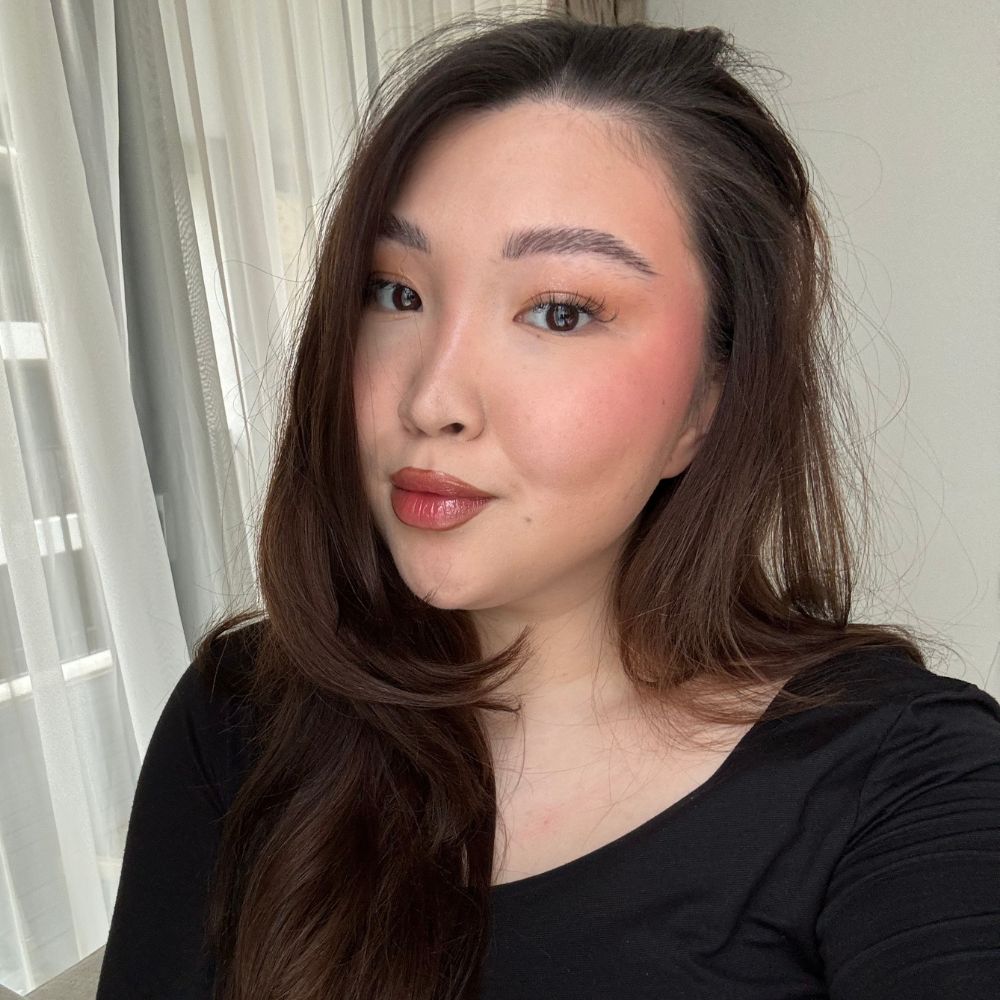
Denise is an award-winning beauty journalist with years of experience in the industry, writing about everything from makeup and skincare to perfume and haircare. Having interviewed celebrities like Khloe Kardashian and Winnie Harlow, Denise's vast writing portfolio also includes a number of product reviews, buying guides, first-person features and deep-dive explainers.